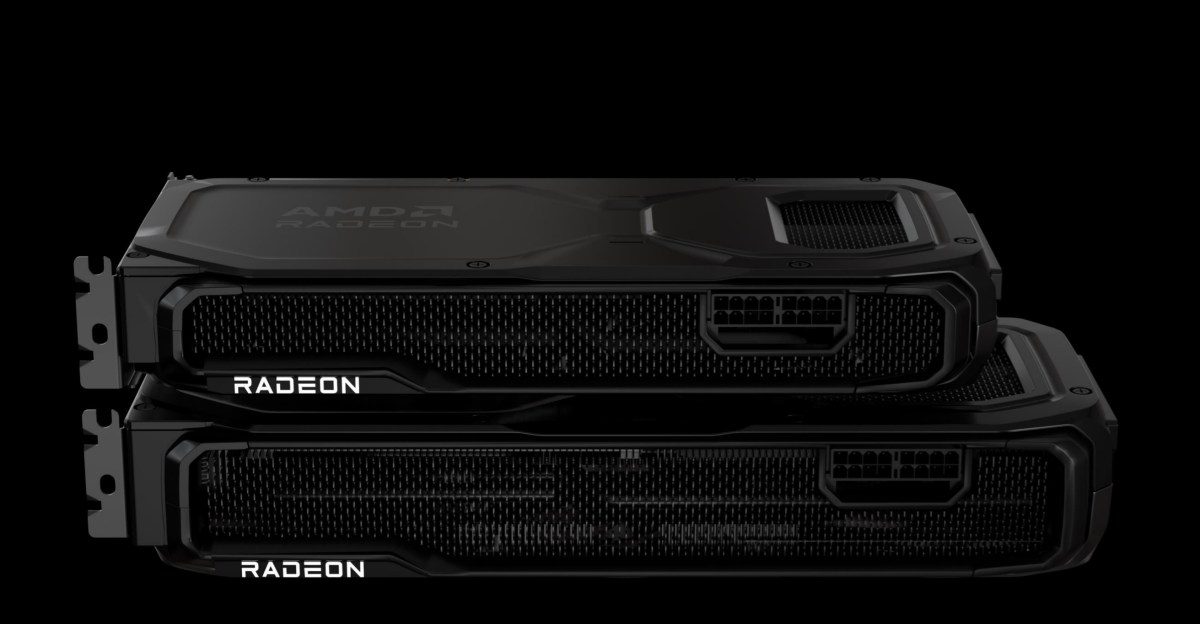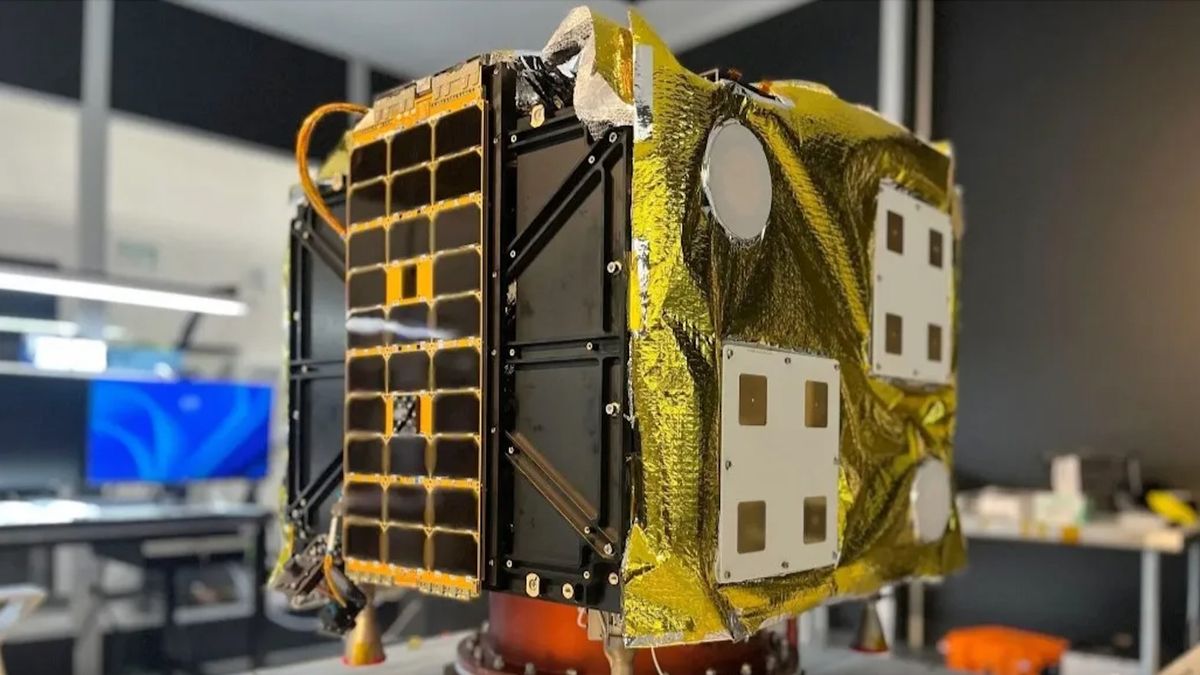
AMD is set to launch its highly anticipated Radeon RX 9070 and 9070 XT graphics cards next week, directly competing with Nvidia’s RTX 50-series offerings. The new AMD cards are competitively priced at $549 for the RX 9070 and $599 for the RX 9070 XT, undercutting Nvidia’s $749 GeForce RTX 5070 Ti and $549 RTX 5070. These new models will go on sale starting March 6, just one day after the RTX 5070’s debut.
AMD claims that both the RX 9070 models deliver “4K gaming at a 1440p price,” although their comparisons are somewhat unconventional. According to AMD, the 9070 XT is reported to be 51% quicker on average than the older RX 6900 XT when running at 4K with maximum settings, and 26% faster than the RTX 3090 under similar conditions, both of which catered to premium pricing tiers two generations back.
Although initial leaks hinted at a starting price of $649 for the RX 9070, AMD surprised the market with lower suggested retail prices of $549 for the basic model, positioning it strategically against Nvidia’s RTX 5070. The 9070 XT’s price tag of $599 puts it in a position to contest Nvidia’s RTX 5070 Ti at $749, provided AMD can deliver competitive performance.
Performance evaluations for AMD’s new GPUs will be available next week alongside reviews for Nvidia’s RTX 5070. AMD has hinted at some performance metrics, stating that the RX 9070 XT is 42% more powerful at 4K Ultra and 38% faster at 1440p Ultra compared to its RX 7900 GRE, which was previously known for competing with the RTX 4070 at a price of $549 but was discontinued shortly after its launch. It is also said to be only slightly slower than the RX 7900 XTX, AMD’s flagship from 2022.
The standard RX 9070 provides a 21% performance boost over the RX 7900 GRE at 4K, indicating that it closely matches the XT at 12% faster than the Radeon 6800 XT and 26% faster than the Nvidia RTX 3080, as stated by AMD. Operating at 220 watts of board power, Scott Olschewsky, AMD’s Director of Graphics Product Management, has remarked that this 4nm monolithic chip is “the most efficient GPU we’ve ever created.”
Both the RX 9070 and 9070 XT models will come equipped with 16GB of GDDR6 memory, DisplayPort 2.1a and HDMI 2.1b connectors, as well as support for PCIe 5.0. However, it’s worth noting that your motherboard may not require a new 5.0 slot, nor will it necessarily gain any significant benefits from it. The cards will utilize standard 8-pin PCIe power connections.
Despite having fewer graphics compute units than the RX 7900 GRE (55 for the RX 9070 and 64 for the 9070 XT compared to 80), these new models both leverage AMD’s first RDNA 4 architecture, which reportedly brings double the rasterization performance per compute unit compared to RDNA 2; RDNA 3 offered approximately 1.4x the performance of RDNA 2.
Moreover, AMD claims it has made significant advancements in ray tracing capabilities and has nearly doubled its FP16 machine learning performance since the launch of RDNA 3, reaching up to 779 trillion operations per second (TOPS), though performance may vary by application. For example, in Adobe Lightroom’s super resolution, performance showed only a 12% increase over the RX 7900 GRE.
Additionally, even if you’re not actively utilizing artificial intelligence, AMD will integrate this technology into gaming through FSR 4, which features an upgraded AI-driven upscaling mechanism designed specifically for RDNA 4 and newer graphics cards.
According to Olschewsky, FSR 4 aims to enhance frame rates while maintaining visuals comparable to native rendering at 4K. AMD used footage from Warhammer 40,000: Space Marine 2 — a game that typically runs at only 53fps at 4K Ultra settings — to illustrate the new technology’s capability to significantly maintain detail while achieving an average frame rate of 182fps when utilizing FSR 4 and frame generation.
Although AMD hasn’t revealed precise performance expectations for this game without the frame generation, it did provide insights regarding several titles, including Call of Duty: Black Ops 6 and Ratchet & Clank:
AMD has announced plans for 30 titles supporting FSR 4 at launch, with over 75 anticipated by the end of the year. Notably, many of these will be PS5 games, raising questions about the potential connections to the PS5 Pro’s upcoming “PlayStation Spectral Super Resolution,” a new AI upscaling feature powered by AMD technology. Furthermore, AMD revealed that existing FSR 3.1 titles will have the option to toggle to FSR 4 with ease.
The latest graphics cards from AMD also feature an improved media engine, aimed at delivering superior image quality for both gameplay recording and streaming, as their previous version did not meet the expectations of gamers focused on those activities. AMD is enhancing its Fluid Motion Frames technology (AFMF), introducing AFMF 2.1, which reduces ghosting and preserves details better than earlier generations.
As with any new graphics card release, actual market prices will depend on supply dynamics and how board partners price the cards. Olschewsky expressed confidence regarding the competitiveness of AMD’s pricing strategy, stating that they believe the 9070 XT will rival the performance of Nvidia’s 5070 Ti, which may face availability challenges. The RX 9070 is also expected to perform strongly against the anticipated 5070 from Nvidia.
Differentiating itself from Nvidia, which has indicated potential supply shortages for its new models, AMD is confident about providing ample availability at launch.
“We are collaborating with all our partners to ensure that the pricing of GPUs remains competitive globally; our objective is to reach target price points worldwide. Predicting market trends can be challenging, but we aim to work closely with partners as we monitor pricing changes,” said Olschewsky.
At the conclusion of the event, AMD hinted at the upcoming RX 9060 series cards, expected to launch in the second quarter, indicating a strategic move to compete against Nvidia’s to-be-announced RTX 5060 lineup.















